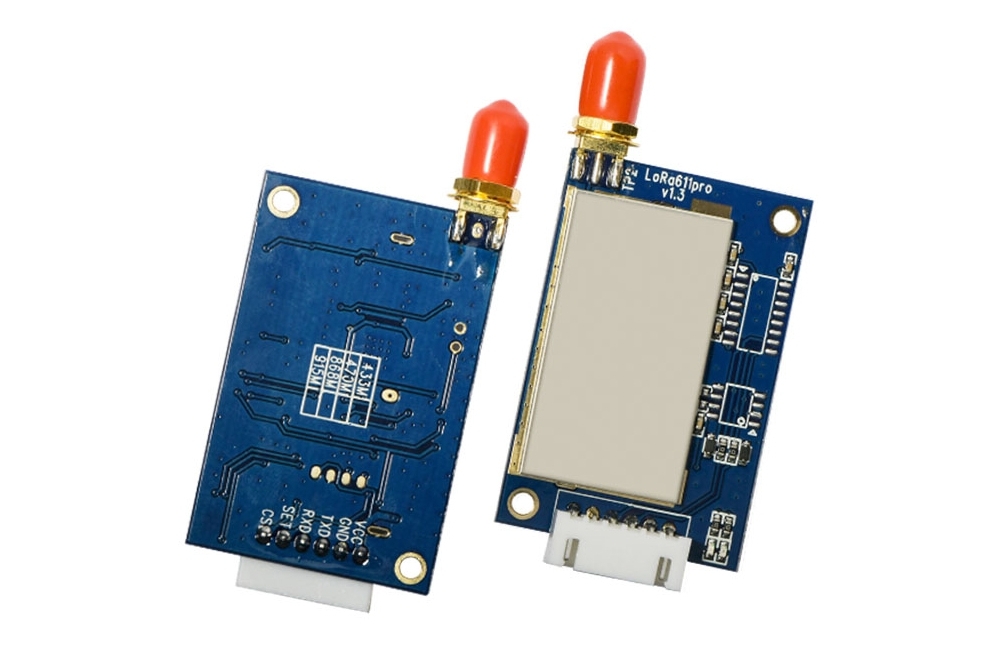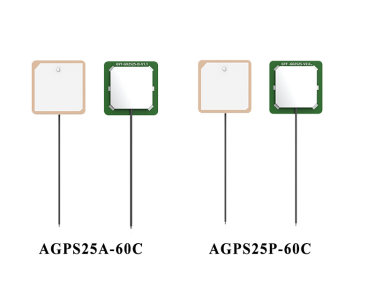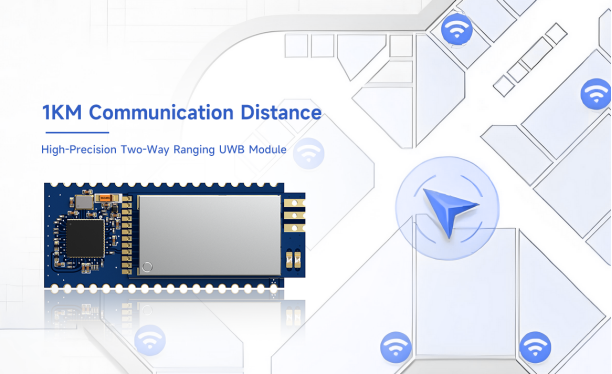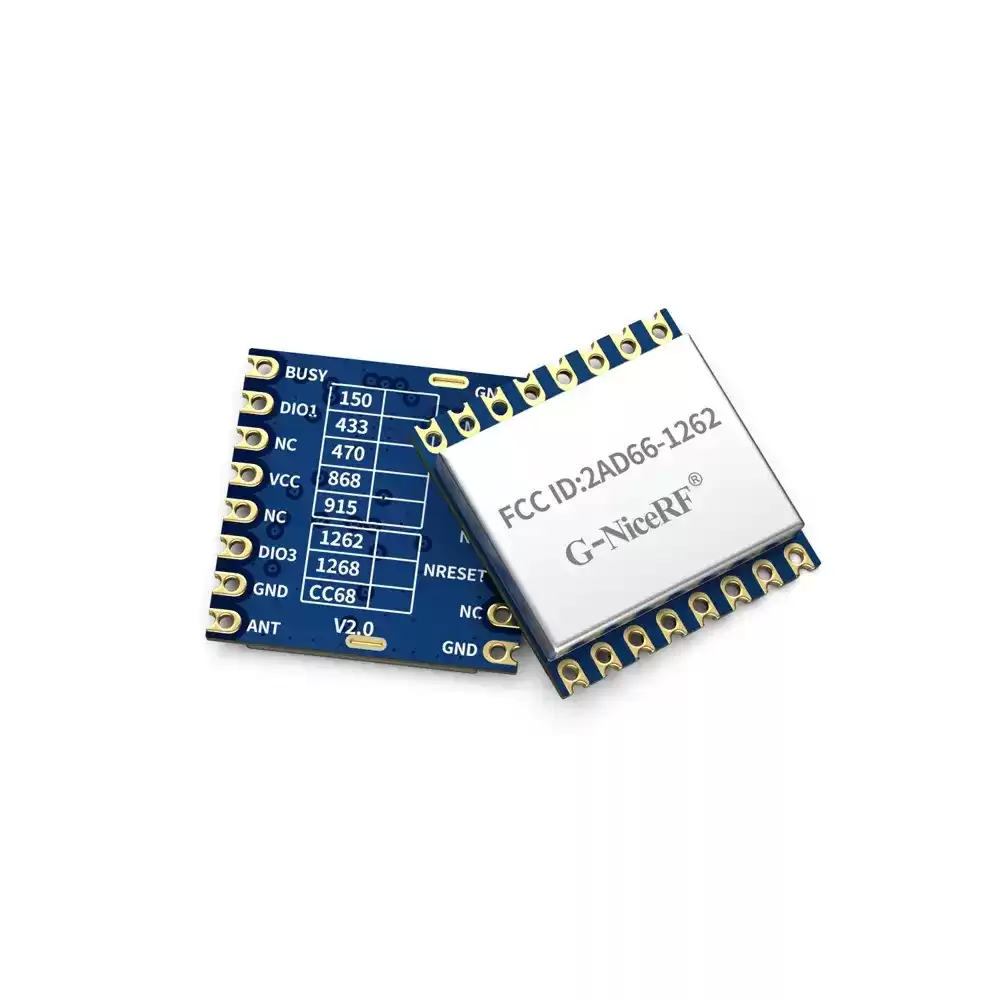Introduction and Application Scenarios of CRC Check Function in Wireless Modules
In the field of wireless communication, CRC (Cyclic Redundancy Check) is an important error detection method widely utilized in wireless modules to ensure the accuracy and reliability of data transmission. CRC verification plays various roles in wireless modules, ranging from ensuring data integrity to enhancing communication quality, and it holds an indispensable significance.
Characteristics of CRC Verification in Wireless Modules
Firstly, CRC verification plays a crucial role in ensuring data integrity in wireless modules. By computing the CRC checksum of data packets and appending it to the data frames, wireless modules can verify the integrity of data during transmission. When the data packet reaches the receiving end, the receiver also performs CRC verification on the received data packet. If the CRC verification fails, it indicates that the data packet has encountered errors or corruption during transmission. The receiver can promptly discard the data packet to prevent further processing of erroneous data, thereby safeguarding the integrity and accuracy of the data.
When errors or interference are detected during data transmission, CRC verification allows for the retransmission of data packets or changing communication channels to ensure accurate data transmission. This error detection and correction mechanism verify ively enhances the reliability of wireless communication, reducing packet loss and error rates during data transmission, thereby improving communication quality and user experience.
Additionally, CRC verification also contributes to enhancing the security of data transmission in wireless modules. By adding CRC checksums to data frames, wireless modules can detect any tampering or eavesdropping during data transmission. If a data packet is tampered with, the CRC verification will fail, allowing the receiving end to promptly identify the data's integrity compromise. As a result, the receiver can reject the tampered data packet, ensuring the security and confidentiality of data transmission.
Where can CRC verification be applied?
CRC verification is not applicable in all scenarios. Enabling CRC verification can improve the reliability and security of data transmission, but it requires additional computation and validation steps, which may increase the additional power consumption of wireless modules. Additionally, these extra computation and validation steps can introduce delays in data transmission, although these delays may not be very noticeable. However, for applications with high real-time requirements, such as wireless audio or video transmission, even delays of microseconds may affect system performance. Therefore, enabling CRC verification depends on the specific application environment. It can be chosen for applications where data reliability is high, and certain delays and power consumption are acceptable. For example, in the Siwei Wireless LoRa Data Transmission series modules, CRC verification function can be enabled via PC connection, suitable for applications such as wireless remote meter reading and industrial data collection. However, for applications with strict requirements on power consumption and latency, such as intercoms and audio, it may be necessary to consider disabling CRC verification or adopting other lightweight error detection methods.
 +86-755-23080616
+86-755-23080616
 sales@nicerf.com
sales@nicerf.com
Website: https://www.nicerf.com/
Address: 309-314, 3/F, Bldg A, Hongdu business building, Zone 43, Baoan Dist, Shenzhen, China






